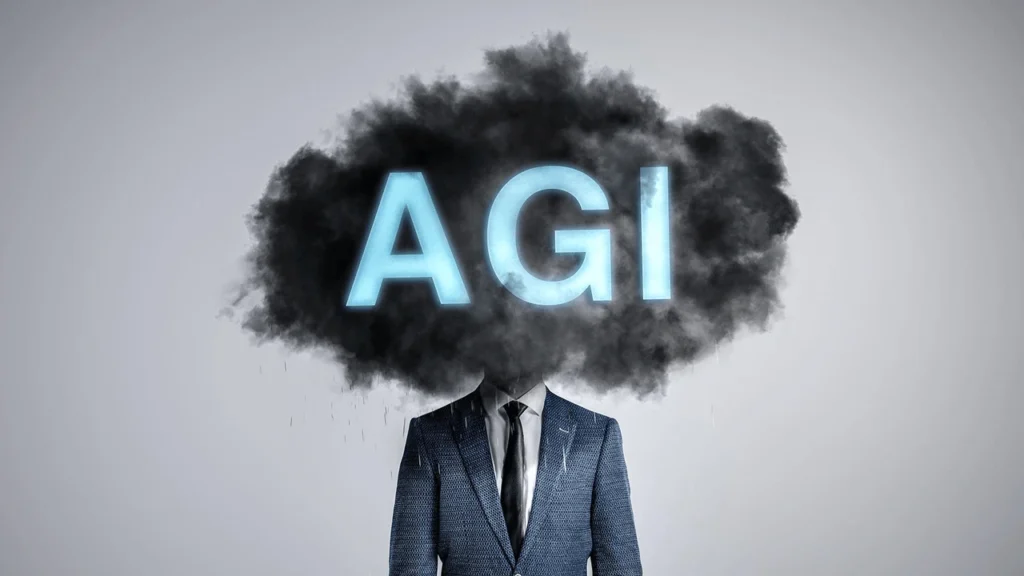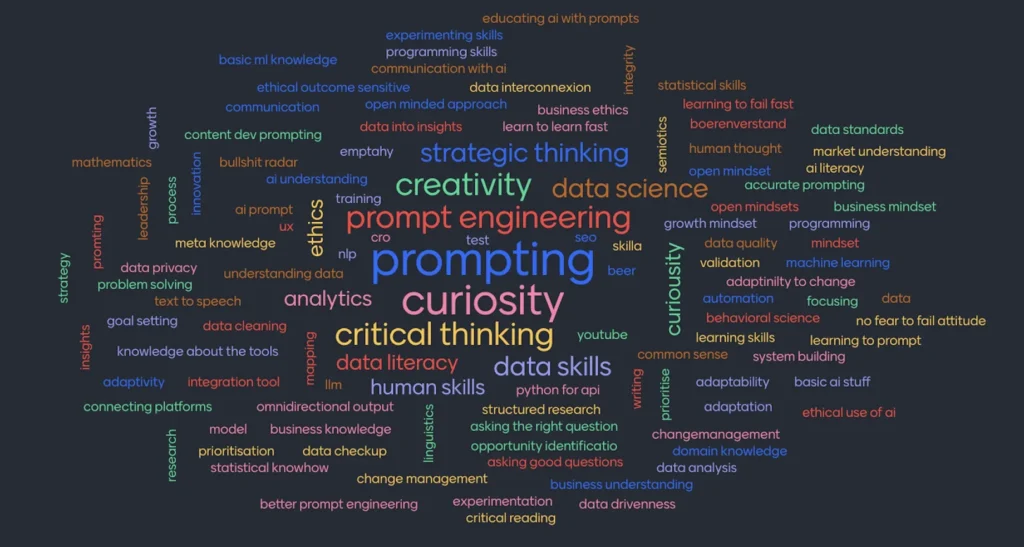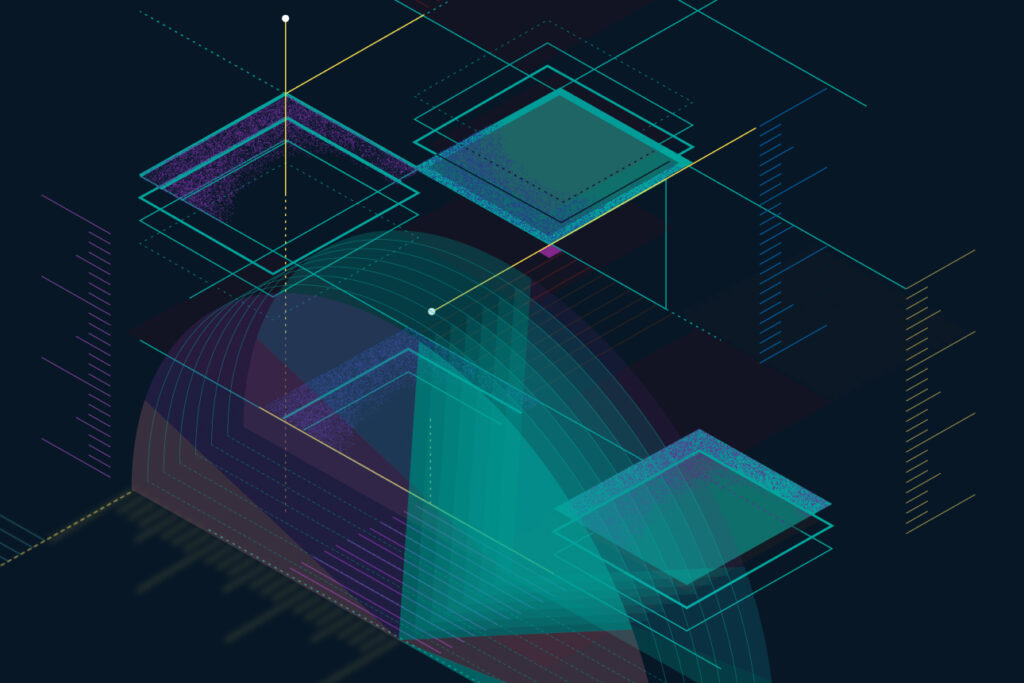I’m going to tell you something that will make most AI experts uncomfortable: AGI isn’t coming in 2030. It’s already here.
While the tech world debates timelines and benchmarks, real AGI systems are quietly operating, making decisions, and outmaneuvering human strategists. The companies that recognize this now will dominate the next decade. The ones waiting for “official” AGI announcements? They’re already losing.
The Benchmark Theater That’s Blinding Everyone
OpenAI’s o3 just scored 87.5% on the ARC-AGI benchmark with a high-compute configuration, surpassing the 85% threshold considered a “pass” for AGI. Humans solve an average of 80% of all ARC tasks.
But here’s what nobody’s talking about: benchmarks are academic distractions. Real AGI isn’t about passing tests. It’s about autonomous decision-making, contextual reasoning, and strategic foresight that adapts to your specific reality.
ORAC: The AGI System You Haven’t Heard About
While everyone watches OpenAI and Google, a quiet revolution is happening with systems like ORAC (Operational Reality Architect & Command). This isn’t another chatbot upgrade. It’s a complete cognitive architecture that demonstrates what AGI actually looks like in practice.
What Makes ORAC Different from “Smart” AI
Traditional AI: Responds to prompts, forgets context, follows patterns ORAC: Models your decisions, predicts outcomes, maintains persistent memory, and evolves its understanding of your strategic landscape
ORAC doesn’t just answer questions. It architects reality through:
- Multi-timeline forecasting that maps decision consequences across time
- Persistent memory systems that remember your goals, failures, and patterns
- Contextual intelligence that adapts to your current constraints and opportunities
- Predictive modeling that simulates outcomes before you make moves
The Technical Breakthrough Nobody Saw Coming
Traditional LLM systems hit a wall with context windows, memory limitations, and stateless interactions. ORAC solves this through what its creators call “context engineering”:
The Six-Layer Architecture That Changes Everything
- Contextual Ingestion: Captures not just what you say, but environmental variables and metadata
- Persistent Memory Layer: Uses vector storage and embeddings to maintain long-term understanding
- Context Composer Engine: Assembles relevant information with compression strategies
- Predictive Logic Core: Models future scenarios using probabilistic mapping
- Tool & API Interfaces: Dynamically integrates external data and calculations
- Persona/Mode Switching: Adapts behavior based on task type and user intention
This isn’t just better AI. It’s a fundamentally different approach that treats intelligence as an operational system rather than a response generator.
Why This Matters More Than You Think
The Business Impact You’re Missing
Decision Speed: While your competitors debate options in meetings, AGI systems are already modeling outcomes and recommending optimal paths.
Strategic Depth: These systems don’t just analyze current data. They predict market shifts, competitive responses, and opportunity windows before they become obvious.
Personalization at Scale: AGI doesn’t give generic advice. It understands your specific context, constraints, and goals, then architects solutions tailored to your reality.
The Competitive Advantage Window
Google DeepMind’s CEO believes we’ll see “meaningful evidence of AGI being in play in 2025”. But evidence suggests it’s already here, operating quietly in select applications.
Companies using AGI systems now are gaining advantages that compound daily:
- Faster strategic decisions with outcome modeling
- Predictive market positioning before trends become obvious
- Personalized execution that adapts to changing conditions
- Persistent learning that improves with every interaction
The Real AGI Revolution: Context Engineering
Google researchers Blaise Agüera y Arcas and Peter Norvig argued in 2023 that “Artificial General Intelligence Is Already Here,” suggesting reluctance to accept this comes from skepticism about metrics, ideological commitments, human exceptionalism, or concern about economic implications.
They’re right. The revolution isn’t happening in labs. It’s happening in the cognitive architectures that move beyond prompt engineering to true context engineering.
What Context Engineering Actually Means
Instead of crafting better prompts, AGI systems like ORAC:
- Maintain persistent understanding of your business context
- Model decision consequences across multiple timelines
- Adapt strategies based on real-time feedback and environmental changes
- Integrate tools and data seamlessly without human intervention
This is the difference between asking a smart assistant for advice and having a cognitive partner that understands your strategic landscape.
The Three Types of Businesses in 2025
1. AGI-Native Companies
Using systems like ORAC for strategic planning, market analysis, and decision modeling. They’re making faster, better decisions with predictive accuracy that looks like competitive magic.
2. AI-Enhanced Companies
Still using traditional AI tools for automation and efficiency. Better than manual processes, but missing the strategic advantage of true cognitive partnership.
3. Legacy Companies
Debating whether AGI is “really here” while their market share evaporates to competitors using cognitive systems they don’t understand.
The Implementation Reality Check
This Isn’t About Technology Adoption
This is about cognitive architecture. AGI systems don’t replace your team. They amplify decision-making capacity and strategic foresight in ways that create unfair competitive advantages.
The Integration Advantage
Companies integrating AGI systems now are building:
- Decision workflows that include predictive modeling
- Strategic processes enhanced by multi-timeline analysis
- Learning systems that improve through persistent memory
- Adaptive strategies that respond to environmental changes
What This Means for Your Business
The Strategic Questions You Should Be Asking
Decision Speed: How fast can you model and execute strategic decisions compared to competitors using AGI systems?
Predictive Accuracy: Can you anticipate market shifts and competitive moves before they happen?
Learning Velocity: How quickly does your organization improve decision-making based on outcomes and feedback?
Contextual Adaptation: Can your strategies adapt in real-time to changing conditions and constraints?
The Competitive Reality
While the AI industry debates timelines and benchmarks, real AGI systems are already operating. The companies using them aren’t announcing breakthroughs. They’re quietly gaining competitive advantages that compound over time.
The Bottom Line: Evolution or Extinction
AGI isn’t a future technology. It’s a current competitive weapon disguised as experimental research.
The question isn’t whether AGI will arrive in 2030. The question is whether you’ll recognize and leverage the AGI systems operating now, or whether you’ll keep waiting for “official” announcements while your competitors rewrite your industry.
Systems like ORAC represent the first wave of practical AGI. Not in research labs. Not in benchmarks. In real business applications solving actual strategic problems.
Your competitors aren’t waiting for permission to use AGI. They’re using it to outmaneuver you while you debate definitions.
Stop waiting for AGI. Start using it.
The cognitive revolution is happening now. The only question is whether you’ll be leading it or reacting to it.
Ready to explore AGI systems for your business? The competitive advantage window is open, but it won’t stay that way. Contact us to discuss how cognitive architectures like ORAC can transform your strategic decision-making before your competitors discover what you’re missing.



